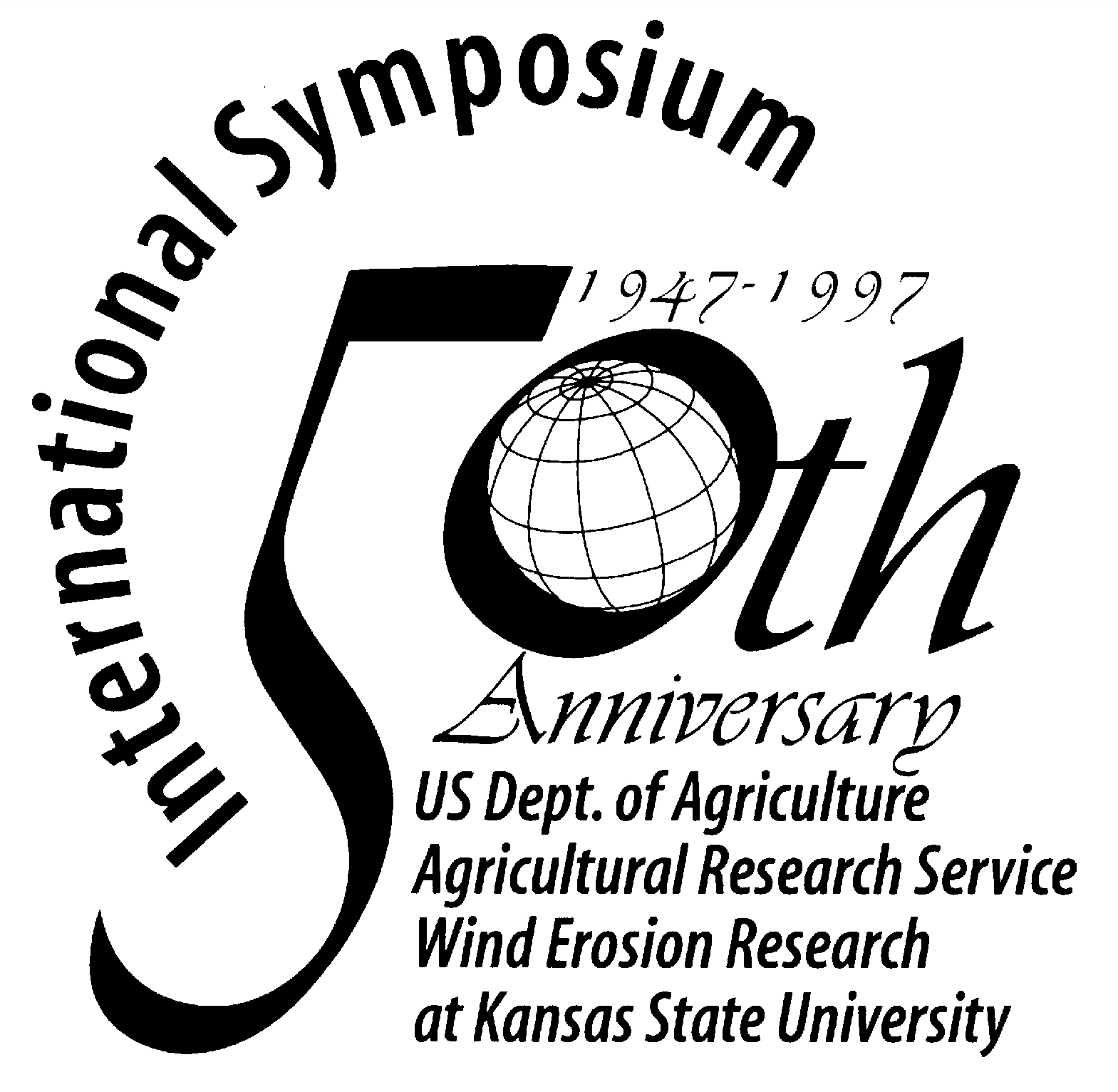|
Influence of Mechanical Disturbance on Erodibility of Sandy Loam Soils by Wind Weinan
Chen and D.W. Fryrear
Abstract
Conditions of surface soils can accelerate or control wind erosion. This response
becomes an important factor in modeling and predicting wind erosion rate. Wind erosion in
the Northern Loess Plateau of China is serious, mostly because of the disturbance by
over-cultivation, over-grazing, and other land use practices. Field surveys and indoor
wind-tunnel experiments were carried out to investigate the influence of disturbance on
wind erosion. A disturbance ratio was defined to express the soil disturbance extent.
Results suggested that the erosion coefficient increased as a power function with
increasing disturbance ratio. The erosion rate increased by a power function of increasing
wind velocities. The mechanical disturbance manifested more influence on the erodibility
of surface soils than wind velocity. Soil hardness can be used as an index to describe
soil resistibility to wind erosion. It revealed a negative exponential relationship
between the erosion rate and soil hardness value. Silt and clay particles were more
important than organic matter and CaCO3 in forming the structure for loessal
sandy loam soils. To reduce mechanical disturbance would be an effective way to
prevent wind erosion.
Key words: loessal sandy loam soils; structural stability; surface disturbance ratio;
wind erosion; Loess Plateau. |




